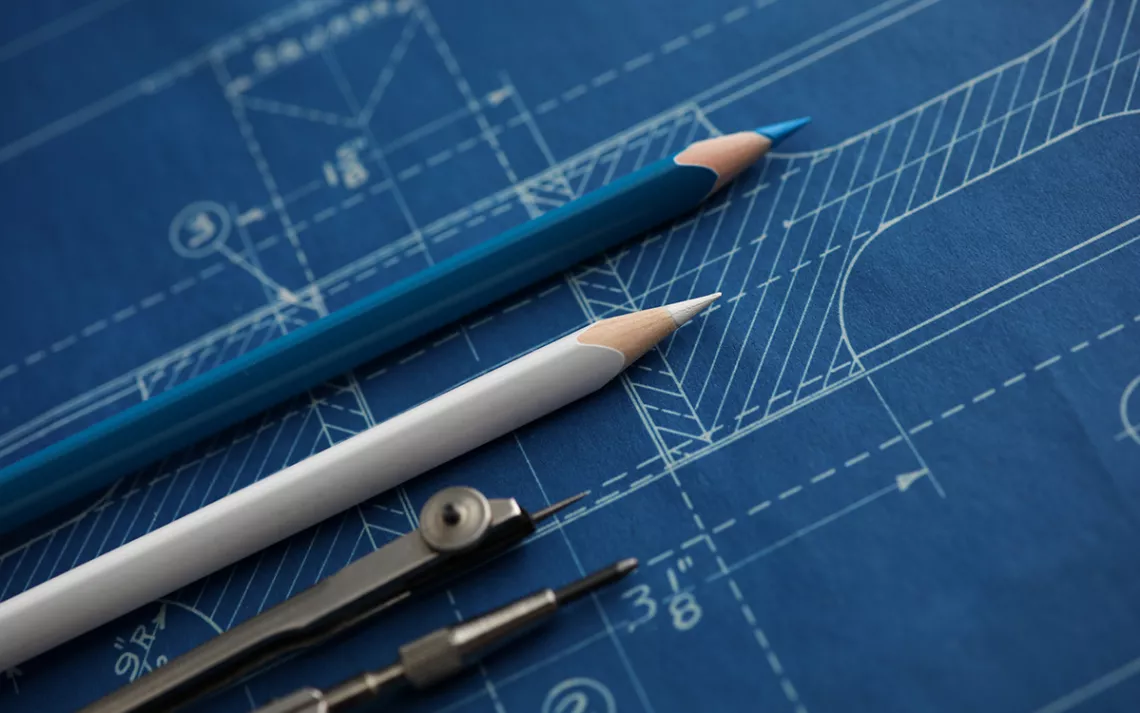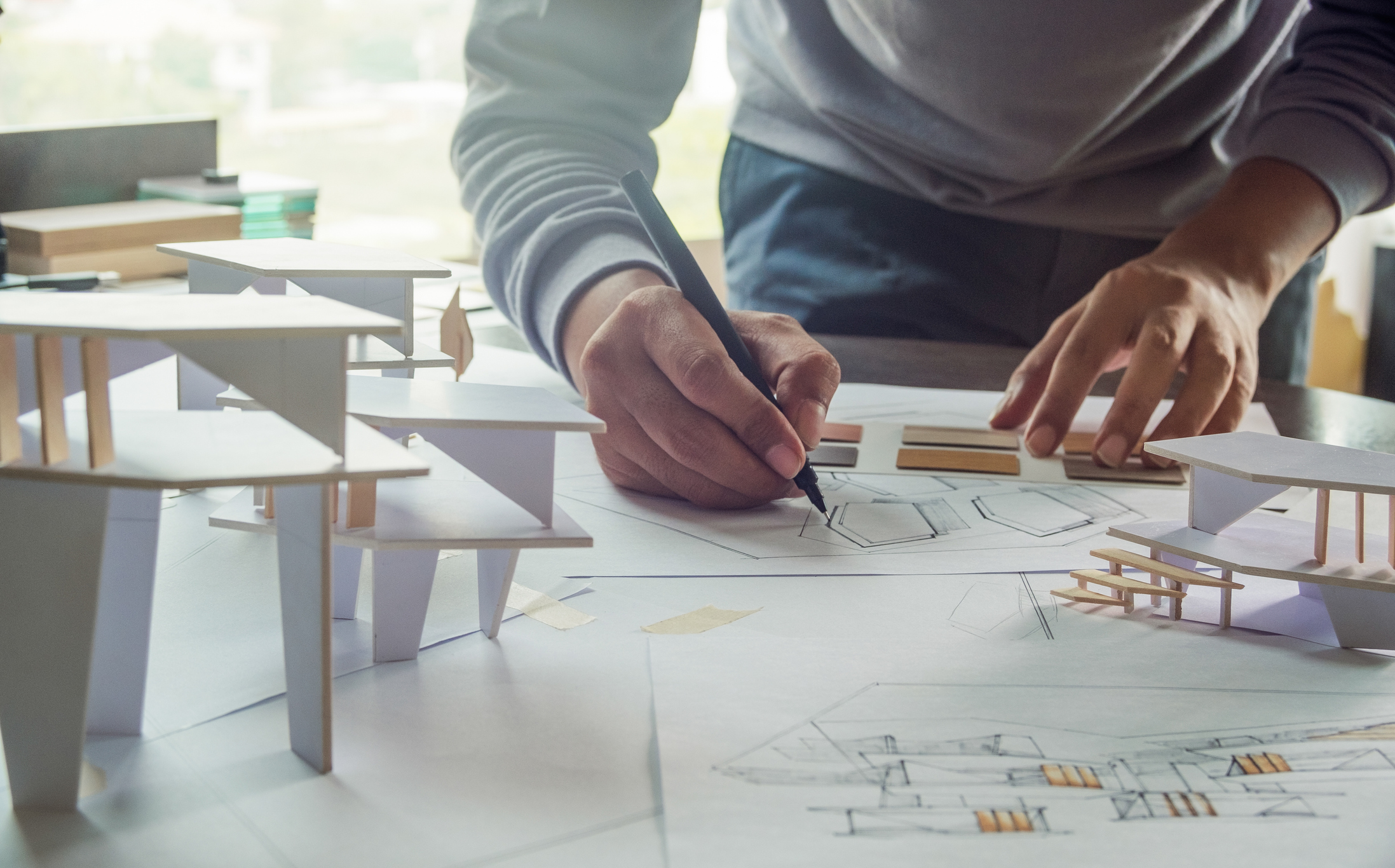Comprehending the Diverse Career Paths Available for Aspiring Architect
As an aspiring Architect, you have a world of job paths awaiting you. Each path uses one-of-a-kind obstacles and chances to apply your creativity and technological expertise. Whether you're drawn to standard architecture or the subtleties of lasting design, there's a niche that aligns with your passions. Comprehending these varied options can shape your specialist journey, however which instructions will you select to check out initially?
Typical Architecture: Designing Frameworks and structures
Conventional design focuses on developing buildings and frameworks that mix capability with visual appeal. Your layouts can show social heritage, showcasing neighborhood practices while meeting contemporary demands.
You'll create skills in preparing, model-making, and website evaluation, allowing you to visualize and connect your concepts properly. Involving with customers, you'll require to comprehend their vision and equate it right into feasible styles.
Moreover, building codes and sustainability practices are essential in your work, ensuring your frameworks are ecologically friendly and safe. As you expand in your profession, you'll locate possibilities in domestic, business, and even repair tasks, each offering unique difficulties. Embracing conventional style leads the way for a fulfilling profession that pays homage to the past while shaping the future.
Urban Planning: Forming Neighborhoods and Public Spaces
As an ambitious Architect, you can play a vital function as an urban coordinator, changing exactly how communities operate and interact. By employing area interaction techniques, you'll ensure that locals have a voice fit their setting. Plus, incorporating lasting style concepts will assist develop spaces that not only fulfill today's demands however likewise safeguard the future.
Duty of Urban Planners
While numerous may consider engineers as the single dreamers behind buildings, urban organizers play a crucial function in shaping the wider landscape of areas and public rooms. They evaluate land usage, zoning regulations, and community needs to produce sustainable settings that enhance high quality of life. By working together with different stakeholders, you'll aid design parks, transportation systems, and suburbs that advertise social communication and ease of access. Urban coordinators additionally concentrate on ecological considerations, ensuring that developments incorporate green spaces and support biodiversity. Your experience in spatial layout and community characteristics enables you to imagine future development while protecting cultural heritage. In this essential role, you'll directly influence just how individuals experience their surroundings, making every project an opportunity for positive adjustment.
Community Engagement Techniques
Reliable neighborhood engagement approaches are vital for urban planners to ensure that the voices of locals are listened to and valued in the preparation procedure. To foster meaningful dialogue, you need to focus on open forums and workshops where community members can reveal their concepts and problems. By proactively paying attention and including comments, you'll produce areas that show the area's needs, ultimately leading to more successful and sustainable city settings.
Lasting Style Principles
When creating city areas, integrating sustainable design principles is crucial for developing settings that grow both environmentally and socially. You need to begin by concentrating on energy efficiency, making use of materials that reduce waste and advertise recycling. Take into consideration incorporating eco-friendly areas, like parks and yards, to enhance biodiversity and boost air high quality. Advertising walkability and public transport can minimize dependence on autos, fostering a healthier community.
Designing with water conservation in mind is additionally essential-- assume regarding rain yards and permeable surface areas to handle stormwater. Involving area participants during the planning procedure assurances that the rooms you create fulfill their demands and encourage social communication. By welcoming these principles, you'll add to dynamic, lasting urban landscapes that profit every person.

Landscape Design: Developing Lasting Outside Environments
As you discover landscape design, you'll uncover crucial style principles that develop stunning and functional exterior areas. Lasting methods play an essential function in guaranteeing these settings flourish while minimizing ecological effect. Plus, you'll locate a variety of job chances that enable you to make a real distinction in just how people interact with nature.
Style Principles in Landscape
Understanding style concepts in landscape architecture is crucial for producing sustainable exterior environments that balance with nature. You'll require to contemplate elements like proportion, range, and equilibrium to guarantee your layouts feel cohesive and welcoming. Including native plants not just enhances biodiversity however additionally reduces water usage, making your landscape resistant. Consider the circulation of space and how people connect with it; pathways and seating areas must welcome expedition and relaxation. In addition, take note of seasonal modifications, creating with products that enhance the surroundings year-round (Architect). By focusing on sustainability and aesthetic appeals, you can develop outdoor areas that enrich the neighborhood and advertise wellness. Welcoming these concepts will set a strong foundation for your occupation in landscape design.
Sustainable Practices Introduction
Lasting methods in landscape architecture not just concentrate on looks yet likewise prioritize eco-friendly wellness and resource conservation. By integrating indigenous plants, you improve biodiversity and reduce the demand for chemical go right here plant foods and chemicals. Carrying out efficient watering systems assists conserve water and minimizes runoff, shielding close-by communities. You can design rooms that advertise dirt health, such as making use of organic products and exercising permaculture principles. In addition, including environment-friendly infrastructure, like rainfall gardens and permeable pavements, aids in stormwater monitoring and reduces city heat. You contribute to a much healthier planet and supply spaces that cultivate community link when you develop outdoor settings with sustainability in mind. Eventually, these techniques guarantee your styles profit both individuals and the atmosphere for years to come.
Occupation Opportunities Exploration
With a strong foundation in sustainable methods, landscape design supplies a variety of occupation courses that enable you to make a purposeful impact on the atmosphere. You might function as a landscape developer, producing visually pleasing and practical outside areas, or concentrate on ecological repair, assisting to restore damaged communities. Urban coordinators commonly work together with landscape designers to create eco-friendly areas in urban settings, boosting city livability. If you're enthusiastic concerning education, take into consideration coming to be a landscape style teacher, inspiring future generations. Furthermore, you may collaborate with nonprofits focused on ecological sustainability or take part in research study to introduce new practices. Each course not just shapes attractive settings yet likewise fosters a much healthier world for future generations.
Sustainable Layout: Focusing on Eco-Friendly Practices
As you discover your occupation in architecture, accepting green methods can establish you apart in a competitive area. Sustainable layout concentrates on producing structures that minimize environmental influence while enhancing passenger health. By including sustainable products, energy-efficient systems, and sustainable building strategies, you'll add to a greener future.
Begin by acquiring understanding of green accreditations like LEED or BREEAM, which can boost your qualifications. Think about just how all-natural light, ventilation, and thermal effectiveness can maximize layout. Work together with designers and ecological consultants to innovate services that minimize waste and conserve sources.
Don't neglect the relevance of community involvement-- interesting neighborhood stakeholders can motivate designs that harmonize with the atmosphere. As customers increasingly prioritize sustainability, your experience in environmentally friendly methods will certainly not only attract projects but likewise accomplish your interest for accountable design. Embrace this essential aspect of the occupation, and watch your profession flourish.
Historical Conservation: Safeguarding and Restoring Social Heritage
While you begin on your architectural journey, consider the essential duty of historic conservation in preserving our social heritage. This area concentrates on the protection and repair of significant structures, websites, and frameworks that inform the stories of our past. By participating in historical conservation, you'll help protect the architectural tradition that shapes neighborhood identity.
As a historic conservation Architect, you'll assess historic relevance and analyze the problem of structures. You'll function very closely with conservationists and chroniclers to ensure authentic remediation techniques are employed. This career path permits you to blend imagination with study, enabling you to create remedies that appreciate initial materials and Bonuses workmanship.
Your work not just contributes to sustainability by recycling existing structures but additionally cultivates a sense of satisfaction within areas. Embracing this path will help you come to be a guardian of background, protecting the tales and aesthetics that enhance our lives.
Inside Style: Enhancing Indoor Spaces
Historic preservation and interior architecture both share a dedication to enhancing the built environment, however they concentrate on various facets. While historical conservation highlights preserving a framework's historic and cultural value, interior style absolutely nos in on maximizing indoor spaces for performance and aesthetic appeals.
As an ambitious Architect, you'll find that interior style enables you to blend creativity with technical skills. You'll create spaces that not only look good but also promote convenience and effectiveness. This field includes understanding exactly how light, color, and products engage within an area, influencing mood and functionality.
You'll function on different jobs, from property homes to business workplaces, making certain that each environment meets the demands of its owners. By focusing on customer experience, you can change insides right into motivating and useful spaces, making a substantial effect on exactly how people communicate with their surroundings. Embrace the chance to enhance interior atmospheres and shape the way individuals function and live.
Industrial Layout: Merging Functionality With Visual Appeals
Industrial design plays a vital role in developing items that perfectly blend looks with performance, guaranteeing that what you use day-to-day is not only visually appealing yet likewise useful. As an aspiring Architect, you could immerse on your own in this field, concentrating on developing everything from dig this furniture to consumer electronic devices. Your work includes comprehending customer demands, materials, and manufacturing procedures, allowing you to produce innovative solutions that boost day-to-day experiences.
In commercial design, you'll frequently work together with marketers, producers, and designers, making sure that your styles are not just attractive yet additionally viable. This job course provides a dynamic environment where creativity fulfills usefulness, making it a satisfying option for designers interested in shaping the products of tomorrow.
Regularly Asked Inquiries
What Educational Accreditations Do I Need to Come To Be an Architect?
To come to be a designer, you'll need a specialist degree in architecture, generally a Bachelor's or Master's. Additionally, you'll need to finish an internship and pass the Architect Registration Examination to practice legitimately.
Are There Qualification Needs for Different Building Job Paths?
Yes, there're certification needs for numerous architectural courses. Architect. You'll need to pass tests, total internships, and occasionally pursue specialized training, relying on your chosen focus, like landscape design, metropolitan style, or historic preservation
What Software Skills Are Vital for Designers Today?

Exactly How Can I Gain Practical Experience While Studying Style?
You can get practical experience by interning at building firms, joining layout competitors, offering for community projects, or collaborating with schoolmates on real-world assignments. These possibilities enhance your abilities and build beneficial links in the industry.
What Work Opportunities Exist Outside Typical Architecture Firms?
You can check out different work chances outside typical architecture companies, like city planning, interior decoration, landscape design, construction administration, property development, or perhaps roles in sustainability consulting. Each deals one-of-a-kind challenges and incentives.
Whether you're drawn to conventional style or the nuances of lasting layout, there's a specific niche that straightens with your interests.When creating city spaces, integrating lasting layout principles is vital for creating environments that prosper both environmentally and socially.As you explore landscape architecture, you'll find necessary layout principles that produce practical and attractive exterior rooms.Understanding layout concepts in landscape architecture is important for producing sustainable outside atmospheres that integrate with nature.In industrial design, you'll frequently collaborate with makers, designers, and marketing professionals, ensuring that your layouts are not just beautiful yet additionally viable.